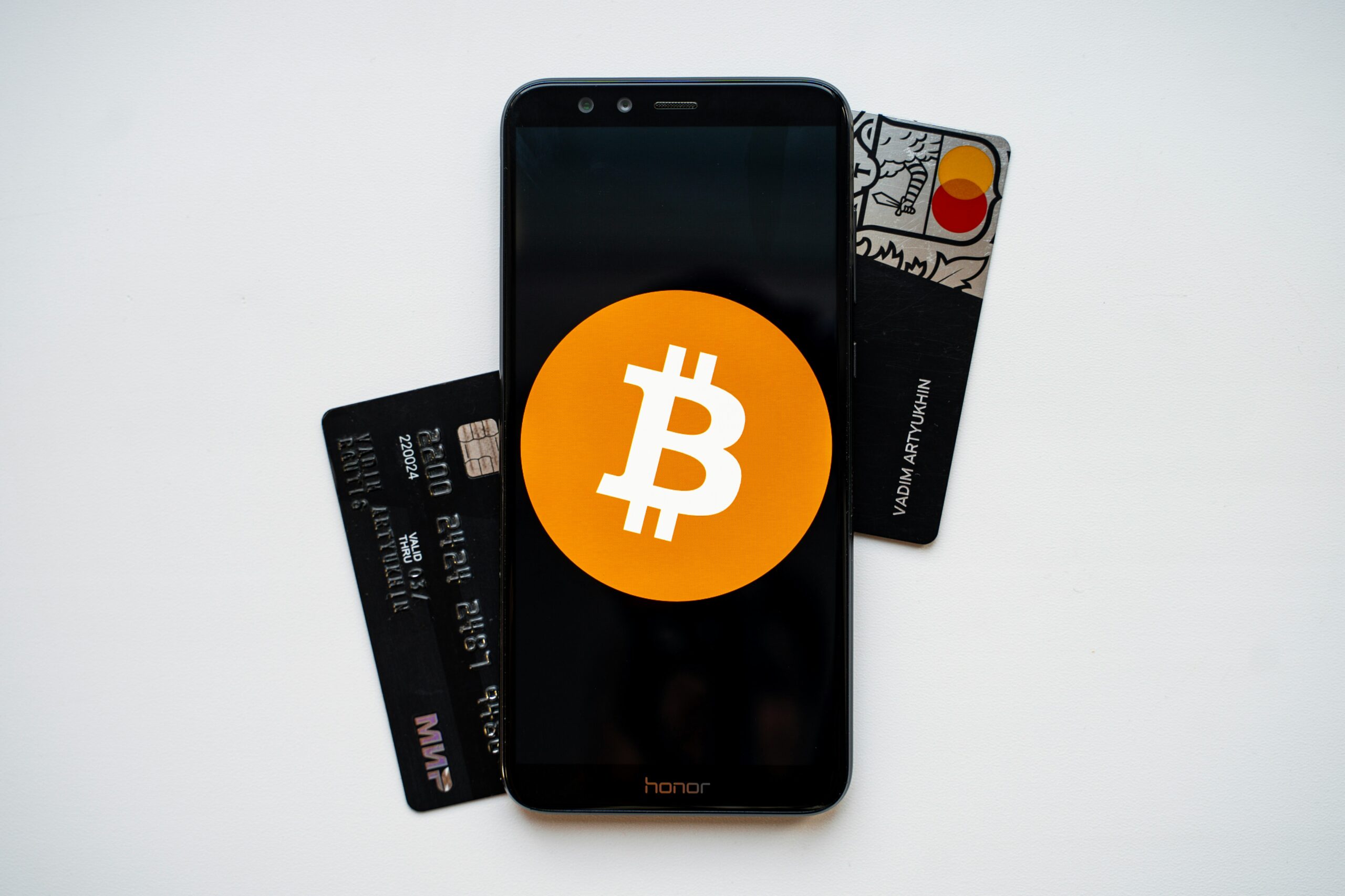Understanding the Basics: What Are Public and Private Keys?
In the realm of cryptocurrency, public and private keys serve as the cornerstone of security and ownership verification. These cryptographic tools are essential for conducting secure transactions and safeguarding digital assets. Understanding the fundamentals of public and private keys is crucial for anyone navigating the world of cryptocurrencies.
Public and private keys are cryptographic pairs generated through complex mathematical algorithms. The public key, as the name suggests, is openly shared and acts as an address for receiving cryptocurrency. Conversely, the private key remains confidential and is used to sign transactions, thereby proving ownership of the cryptocurrency associated with the corresponding public key. The relationship between these keys ensures that only the holder of the private key can authorize the transfer of funds.
The generation of public and private keys involves sophisticated cryptographic techniques. Typically, this process starts with the creation of a private key, which is a randomly generated number. From this private key, a corresponding public key is derived using an asymmetric encryption algorithm. This asymmetry ensures that while the public key can be freely distributed, the private key must be kept secure. If a private key is compromised, the associated assets can be irretrievably lost, highlighting the critical importance of secure storage.
In the context of blockchain, these keys play a pivotal role in maintaining the integrity and security of the digital ledger. When a transaction is initiated, the private key is used to create a digital signature, which is then verified using the public key. This mechanism ensures that transactions are both authentic and tamper-proof, as any alteration would render the signature invalid. Thus, public and private keys not only facilitate secure transactions but also uphold the trustless nature of blockchain technology.
In summary, public and private keys are indispensable in the cryptocurrency ecosystem. They provide a robust framework for securing transactions and verifying ownership, ensuring the safety and integrity of digital assets within the blockchain network. Understanding their function and significance is fundamental for engaging with cryptocurrencies safely and effectively.
Public Keys: Your Cryptocurrency Address
Public keys play a pivotal role in the realm of cryptocurrency, acting as the digital address to which funds can be sent. Essentially, a public key is a cryptographic code that allows users to receive cryptocurrency securely. Unlike private keys, public keys can be freely shared without compromising the security of the associated funds. This is because public keys are derived from private keys through complex cryptographic algorithms, making it computationally infeasible to reverse-engineer the private key from the public key.
Think of a public key like an email address. Just as you would share your email address to receive messages without fear of someone accessing your email account, you can share your public key to receive cryptocurrency without risking unauthorized access to your funds. The private key, in this analogy, functions like the password to your email account—something you keep private and secure.
The process of deriving a public key from a private key involves advanced mathematical algorithms, typically using elliptic curve cryptography (ECC). These algorithms ensure that even though the public key is openly shared, the private key remains secure and inaccessible. This one-way derivation is what underpins the security model of cryptocurrencies, allowing users to engage in transactions with confidence.
For example, if Alice wants to send Bitcoin to Bob, she would use Bob’s public key as the destination address. Upon sending the Bitcoin, the transaction is recorded on the blockchain, and only Bob, who possesses the corresponding private key, can access and spend the received Bitcoin. This mechanism ensures that while the transaction is transparent and verifiable on the blockchain, the control over the funds remains securely in the hands of the private key holder.
In summary, public keys are integral to the cryptocurrency ecosystem, enabling secure and transparent transactions. They provide a way to receive funds without exposing the associated private keys, thus maintaining the security and integrity of the underlying assets.
Private Keys: The Master Key to Your Funds
In the realm of cryptocurrency, private keys hold paramount importance, acting as the master key to your digital funds. A private key is a secret, alphanumeric code that provides access to and control over your cryptocurrency assets. Unlike public keys, which are shared openly to receive funds, private keys must be kept strictly confidential. The importance of safeguarding your private key cannot be overstated, as it is the sole means to authorize transactions and access your digital wallet.
Private keys are the linchpin of security in the cryptocurrency ecosystem. Should anyone gain access to your private key, they would have complete control over your funds, with the ability to transfer or spend them at will. Therefore, the confidentiality and security of your private key are critical. Various methods exist to store private keys securely, each with its own advantages and disadvantages.
Hardware wallets, for example, are physical devices that store private keys offline. They are widely considered one of the most secure options because they are immune to online hacking attempts. However, they come with the downside of being potentially lost or damaged, and they generally involve an upfront cost. Paper wallets, another offline option, involve printing the private key on a piece of paper. While this method also protects against online threats, the fragility of paper means it can be easily lost, destroyed, or stolen.
Digital wallets, or software wallets, store private keys online or on a computer. These are typically more convenient for frequent transactions and are often free to use. However, they are more susceptible to hacking, malware, and phishing attacks, making them less secure than their offline counterparts. Balancing convenience and security is vital when choosing a storage method for your private key.
Finally, it is crucial to understand the irreversible consequences of losing a private key. Without it, you lose access to your cryptocurrency permanently. There are no recovery options or reset mechanisms, underscoring the necessity of meticulous key management. Properly securing your private key is essential to maintaining control over your digital assets and ensuring their safety.
Real-World Examples and Best Practices for Key Management
Public and private keys are fundamental to the security and functionality of cryptocurrency transactions. In practical terms, public keys serve as addresses where cryptocurrency can be sent, while private keys act as the access codes that authorize the transfer of funds from that address. For instance, when sending Bitcoin, the sender uses the recipient’s public key to direct the transaction, and the recipient uses their private key to unlock and claim the funds.
A notable real-world example is the use of hardware wallets, such as Ledger and Trezor, which store private keys offline, providing an additional layer of security against online threats. These wallets generate and store private keys in a secure environment, making them highly resistant to hacking attempts. However, users must ensure that the recovery seed, a series of words used to recover the wallet, is stored securely and never shared.
Common mistakes in key management include falling victim to phishing attacks, where malicious actors trick users into divulging their private keys through fake websites or emails. Additionally, using weak passwords for key storage or neglecting regular backups can lead to irreversible loss of funds. For example, several high-profile cases have occurred where cryptocurrency was permanently lost due to forgotten passwords or lost hardware wallets.
To mitigate these risks, several best practices for key management should be followed. Firstly, employing multi-factor authentication (MFA) adds an extra layer of security, making it more challenging for unauthorized users to access private keys. Secondly, regular backups of private keys and recovery seeds are crucial for ensuring access to funds in case of device failure. Finally, utilizing reputable wallet services with strong security measures can significantly reduce the risk of key compromise.
In summary, understanding the differences between public and private keys is essential for safeguarding cryptocurrency assets. Public keys facilitate the receipt of funds, while private keys grant access to spend those funds. Proper key management practices, including the use of hardware wallets, MFA, and regular backups, are vital for maintaining the security and integrity of cryptocurrency holdings.


